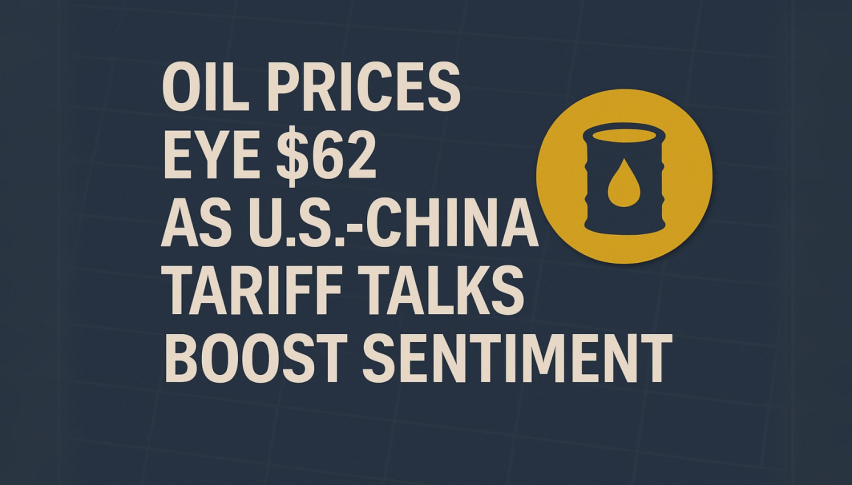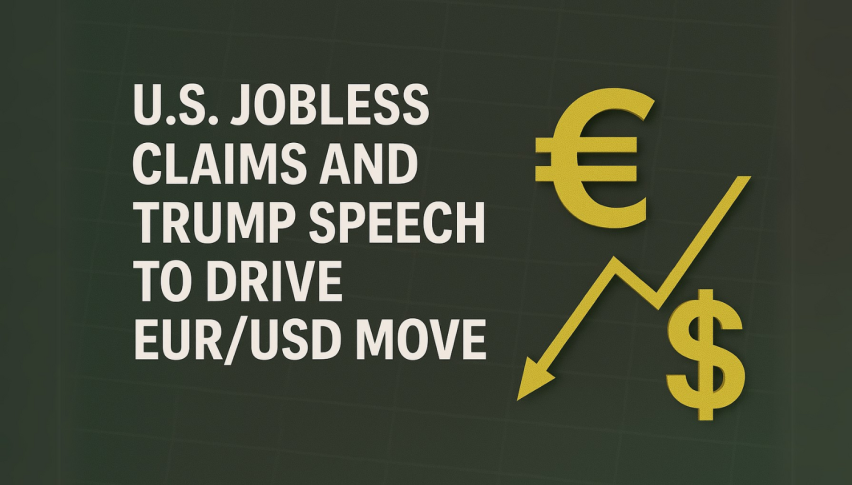WTI Began The Week With Bearish Trend – Fuel Demand Growth Concerns!
During Monday's early Asian trading session, the [[WTI]] crude oil prices failed to extend its previous day recovery rally and remain depres
During Monday’s early Asian trading session, the WTI crude oil prices failed to extend the recovery rally of the previous day, remaining depressed at around the 37.40 level, as COVID-19 infection rates continue to push up infection rates in the US and Europe, which, in turn, keeps fueling doubts over the recovery in the oil demand, thereby undermining the crude oil prices. As a result of rising numbers of COVID-19 cases, the economic damage is expected to be more severe in the EU, as most countries within the Union have imposed many restrictions, in an effort to stop the spread.
Apart from this, the heavy losses in crude oil prices could also be attributed to the resumption of Libyan oil production, which has fueled the oversupply worries and undermed crude oil prices. Besides this, the Brexit trade impasse remains on the cards, as there has been no movement on the Brexit table, which has forced the two parties to agree on further talks. This lack of progress over the Brexit trade talks also weighed on the crude oil prices.
On the contrary, the risk-on market sentiment, backed by the Biden victory, could be considered one of the key factors that is helping to limit deeper losses in the crude oil prices. Furthermore, the losses in crude were also capped by the weaker broad-based US dollar, as the price of oil is negatively correlated to the US dollar.
The concerns over the second wave of the coronavirus, coupled with fears of renewed lockdown measures, poses a continuous threat to a recovery in the demand for crude oil. As per the latest report, over the weekend, the number of coronavirus cases (COVID-19) exceeded 50 million globally. At the same time, the number of infections in Europe was registered at approximately 300K in one day. On the US front, the US reported a record rise in coronavirus cases for the 4th consecutive day, with at least 131,420 new infections, bringing the total count for the country to around 9.91 million. Simultaneously, the number of deaths in the US was more than 1,000 for the 5th consecutive day. Considering the current coronavirus situation in Europe, the major European countries, like Germany and France, have imposed severe restrictions in an attempt to curb the spread. This, in turn, has clouded the outlook regarding the demand for crude oil.
Despite the on-going rise in the number of coronavirus cases, the possibilities for a major fiscal stimulus package before January remain dim, which is undermining the global economic outlook and contributing to the oil losses.
Besides the virus woes, the reason for the bearish crude oil prices could also be associated with the long-lasting US-China tussle, which is continuously picking up pace. On the flip side, the recommencement of Libyan oil production keeps fueling the oversupply worries, which has also played a significant role in undermining the crude oil prices.
Apart from this, the decline in the crude oil prices was further bolstered after the chief negotiator of the EU issued a warning about “very serious divergences” over the coming Brexit talks, which is keeping the investors cautious. It is worth mentioning that the UK and the EU have until Nov. 15 to try, once again, to reach an agreement on a Brexit trade deal. As we all know, similar deadlines have come and gone before, but this one is very mportant, as the transition period ends on Dec. 31. Thus, the lack of progress over the Brexit trade talks has also weighed on the crude oil prices.
On the contrary, the risk-on market sentiment, backed by Biden’s victory, could be considered one of the key factors that is helping to limit further losses in the crude oil prices. As per the latest report, the investors are happy that the election has finally been called, ending days of uncertainty during which Trump raved on with claims of electoral fraud, with a complete lack of proof. Furthermore, the upticks in the equity markets were further bolstered after JPMorgan Chief Executive Jamie Dimon said, “We must respect the US presidential election results and, as we have with every election, honor the decision of the voters and support a peaceful transition of power.” The US stock markets recorded their biggest weekly gains since April last week, which tends to underpin the crude oil prices, by undermining the safe-haven US dollar, as the price of oil is inversely correlated to the price of the US dollar.
On the USD front, the broad-based US dollar failed to stop its declining streak of last week, remaining depressed on the day, amid a prevalent risk-on market sentiment. Moreover, the losses in the US dollar could also be associated with the rising COVID-19 infection rates in the US and Europe, which continues to fuel doubts over the economic recovery in the US. However, the losses in the greenback kept the oil prices higher, as the price of oil is inversely related to the price of the US dollar. Meanwhile, the US Dollar Index, which tracks the greenback against a basket of other currencies, has dropped to 92.297.
- Check out our free forex signals
- Follow the top economic events on FX Leaders economic calendar
- Trade better, discover more Forex Trading Strategies
- Open a FREE Trading Account



